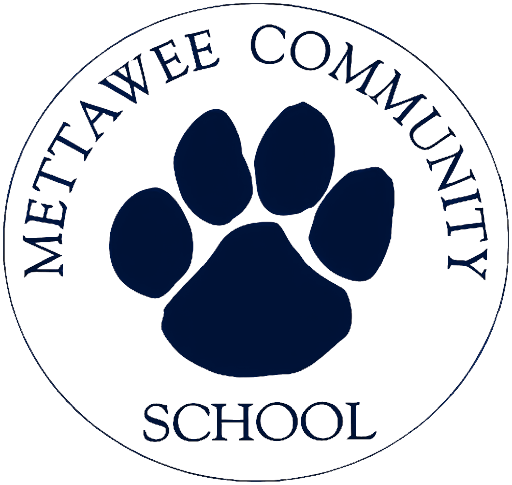Early in the day, one Mettawee student already had learned a gardening tip he was eager to share. “When you transplant a ramp, you carefully brush the dirt away from the bulb, making sure you don’t hurt the roots. If you break off the roots, the plant dies.”
Mettawee students recently made their first trip ever to the Smokey House Center in Danby, which serves as a living laboratory to advance ecologically sound farming and forestry. On this visit, kindergartners and first graders spent the day on a project that involved transplanting ramps - a species of wild onion - from one part of the forest to another area in the woods filled with sugar maple trees.
“We’re exploring the benefits to Vermont maple syrup producers of adding ramps as another cash crop to supplement their income from maple syrup,” said Walker Cammack, Program Director Living Labs for Smokey House. “The moist soil under maple trees is perfect for growing ramps, but they don’t spread easily so we need humans to help them relocate.”
The assignment for the youngsters, many wearing muck boots on their feet and hats on their heads, was two-fold. Upon arrival at Smokey House, the students first marched off to a part of the forest that included a cluster of damp ramp patches, one of the first plants to emerge from the ground each spring.
Cammack passed around plastic buckets and small hand shovels and briefed the littles on the art of transplanting. The ramps could be easily identified by their long thin green leaves. The shovels allowed for a surgical removal of the plant from the soil, which was then followed by the aforementioned dusting off the dirt from the ramp bulb while maintaining the roots. In a matter of minutes, the buckets were filled with ramps and ready to be hauled to another part of the forest.
Their first task completed, the kids retreated to the Smokey House community center for a snack and their first tick-check of the day. “My mom says to look under your socks and check out your arms and neck,” offered one tick savvy kindergartner.
Once nourished and rested, the crew was ready for a mile hike up the hill to a grove of sugar maple trees. The time spent on their journey was not wasted. They stopped frequently to marvel at the view of mountains across the valley on a sunlit day. One group rescued a toad attempting to cross the gravel path by capturing the amphibian in cupped hands and then placing it gently in the grass on the other side.
There was also an animated discussion of how birds fly. At one point a black and white bird rose out of the long grass, its wings flapping furiously as it moved away from the hikers. “That bird is working too hard, it will get tired,” offered one concerned student. “Yes, it needs to glide, so it can rest,” agreed another. “Birds fly best when their wings stick out so they can soar,” added a third, who promptly extended her arms and ran up the path moving from one side to another in a human demonstration of a bird in flight.
The tubes for gathering maple syrup, weaving through a stand of trees, indicated that the students had reached their destination. Cammack had already staked out the best spot for transplanting ramps under the sugar maple trees, and marked out the area with a series of small pink flags.
After taking a moment for a silent appreciation of nature, it was time for one last lesson on how to plant the ramps in their new home. They used the small trowel to wedge a hole in the ground, then placed the ramp in the ground. They made sure the roots were pointing down and the plant was deep enough to cover all of the white part of the bulb. Then they filled the hole with dirt and covered it with leaves to hold in moisture.
“Ramps take years to fully mature,” said Cammack. “These students can come back as they move through elementary school to measure our progress.”
Mettawee Principal Brooke DeBonis commented on the value of moving education off campus: “We’ve allocated more resources to add field trips, like this visit to Smokey House, for all our students at Mettawee. Our kiddos love learning in a different environment.”
And there is endless learning to be had in nature’s classroom.
(Photo above: The Smokey House Center's Walker Cammack explains the steps of transplanting ramps to Mettawee kindergarteners and first graders.)

Someone enjoys his time transplanting ramps with friends at the Smokey House Center.

Walker Cammack from the Smokey House Center instructs the Mettawee students on how to transplant ramps in the shade of sugar maple trees.

The Mettawee students hike down the mountain from the forest on their visit to the Smokey House Center.

Mettawee students planting ramps with Walker Cammack of the Smokey House Center.

